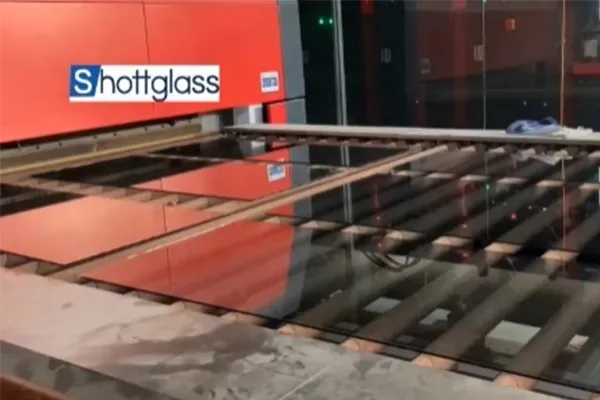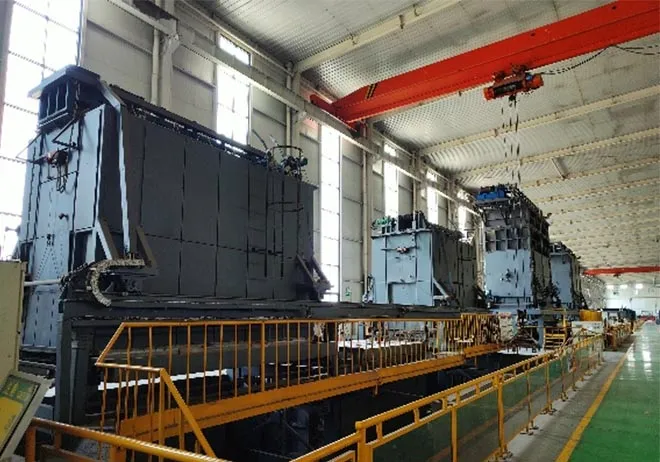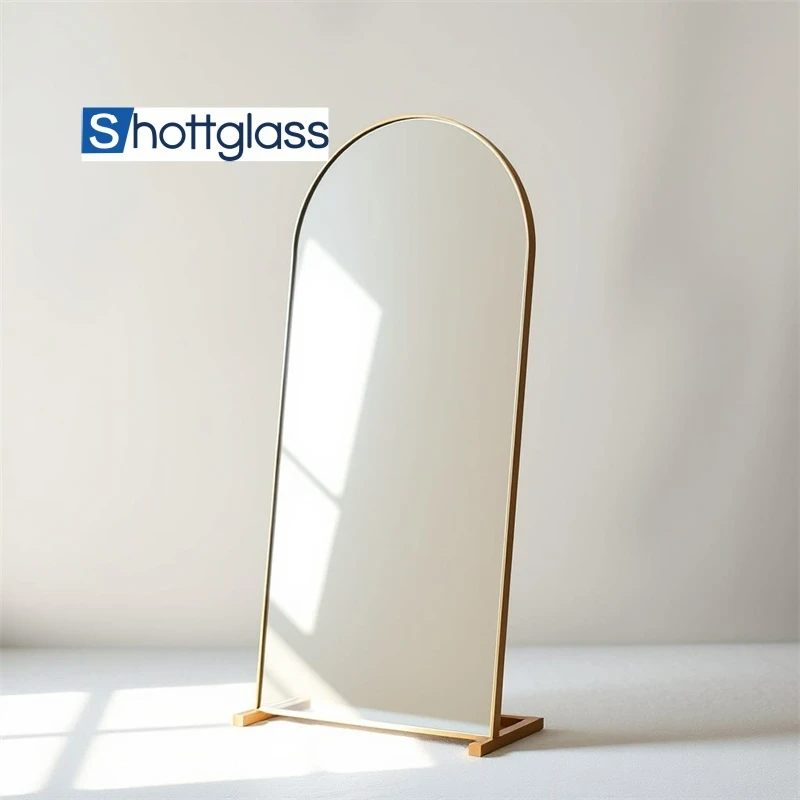Juil . 08, 2025 06:40 Back to list
High-Quality Laminated Glass and Toughened Glass for Safety & Durability
- Understanding Laminated Glass and Toughened Glass
- Technical Distinctions and Manufacturing Processes
- Comparative Performance: Safety, Strength, and Durability
- Leading Manufacturers: Brand Quality and Market Presence
- Customization Strategies for Unique Projects
- Application Case Studies in Modern Architecture and Automotive
- Choosing Laminated Glass and Toughened Glass for Optimal Solutions

(laminated glass and toughened glass)
Understanding Laminated Glass and Toughened Glass
The world of architectural and industrial glass has evolved dramatically, especially with innovations in laminated glass and toughened glass
. These advanced glass types have become integral to the construction, automobile, and interior design industries due to their superior safety and dynamic functionality. Understanding the essential differences between toughened glass and laminated glass should be the first step in making informed decisions for any project. Global reports suggest that, by 2023, the laminated glass market surpassed USD 21.6 billion, while toughened glass accounted for over 30% of the safety glass market volume.
Laminated glass is essentially composed of two or more layers of glass bonded with interlayers, typically polyvinyl butyral (PVB) or ethylene-vinyl acetate (EVA), resulting in a single, cohesive pane. Contrastingly, toughened glass, also known as tempered glass, undergoes a controlled thermal or chemical treatment that enhances its strength significantly compared to normal glass. The advancement in both toughened and laminated glass has redefined safety standards across a plethora of industries, and their role continues to ascend as new regulations demand higher performance and safer building materials.
Technical Distinctions and Manufacturing Processes
Behind the terms "toughened glass and laminated glass" lie deeply technical differences impacting their application and overall value. Laminated glass is manufactured by sandwiching a PVB or EVA interlayer between glass sheets, then bonding them under heat and pressure in an autoclave. This process not only creates an inseparable composite but ensures that under impact, broken fragments adhere to the interlayer, minimizing injury risk.
By comparison, the toughening of glass involves heating annealed glass to approximately 620°C-650°C followed by rapid cooling. This rapid-quench methodology puts the glass surface into compression and the core into tension, resulting in a pane with five to ten times the strength of traditional float glass. Importantly, if broken, toughened glass disintegrates into relatively harmless granular chunks, greatly reducing the potential for serious accidents. These nuanced processes afford designers and engineers the flexibility to specify glass with precisely calibrated strength, security, and acoustic properties for any given environment.
Comparative Performance: Safety, Strength, and Durability
Selecting between toughened and laminated glass fundamentally depends on a performance-based evaluation. The comparison table below highlights essential parameters, distinguishing their roles in real-world applications:
| Parameter | Laminated Glass | Toughened Glass |
|---|---|---|
| Composition | Glass-Interlayer-Glass | Monolithic Glass (Thermally/chemically treated) |
| Primary Safety Mechanism | Retains fragments after impact | Breaks into small, blunt pieces |
| Breaking Strength | ~2-3x of annealed glass | ~5-10x of annealed glass |
| Acoustic Insulation (Rw dB) | Up to 52 dB | Up to 37 dB |
| UV Blocking | Up to 99.9% | Up to 60% |
| Impact Resistance | High (fragments adhere, high resistance to penetration) | Very High (high surface strength, granulation on fracture) |
| Best Applications | Facades, skylights, security glass, soundproofing | Doors, shower screens, automotive glass, partitions |
| Cost | Higher (due to PVB/EVA interlayer) | Moderate |
Data gathered from the 2023 global glass performance analysis shows that more than 85% of high-rise commercial façades utilize laminated units for impact and acoustic mitigation, while over 60% of residential interiors favour toughened glass for abrasion resistance and lightweight construction.
Leading Manufacturers: Brand Quality and Market Presence
As discerning buyers scrutinize "toughened glass and laminated glass" options, manufacturer selection emerges as a pivotal factor in performance consistency. Globally recognized brands—such as Saint-Gobain (France), Asahi Glass Ltd. (AGC) (Japan), Pilkington (UK), and Guardian Industries (USA)—have set benchmarks for both quality and innovation. Saint-Gobain, for instance, dominates the market with its state-of-the-art SGG Stadip (laminated) and SGG Securit (toughened) products, serving projects spanning from stadiums in Europe to skyscrapers in Southeast Asia.
Guardian Industries, in turn, boasts a robust manufacturing workflow, offering laminated glass solutions tailored to hurricane resistance, alongside toughened glass trusted for automotive substrate. When comparing manufacturers, keen attention must be paid to compliance with ISO norms, local building regulations, and environmental certifications—such as Cradle to Cradle or LEED v4—indicative of sustainable sourcing and responsible manufacturing. Industry reviews from 2023 show the correlation between certified supply chains and long-term structural integrity, making brand reputation an indispensable consideration.
Customization Strategies for Unique Projects
Customization is crucial for projects seeking to leverage the dual benefits of toughened and laminated glass. Architects, developers, and designers can specify interlayer thickness, colour, UV transmittance, acoustic rating, and even embedded electronic components for smart building applications. Manufacturing processes now support digital printing, laser etching, and variable geometric forms while maintaining rigorous structural validation. For applications in seismic zones or with security requirements (such as blast or bullet resistance), glass can be fabricated with multi-layered laminates or hybridized with both toughened and laminated elements.
Global market data indicates a 27% increase in demand for custom laminated glass solutions between 2021 and 2023, particularly for public buildings and critical infrastructure where one-size-fits-all products are inadequate. The technical flexibility offered by advanced laminates and toughened formats enables more creative, safe, and sustainable buildings. This enhanced customization directly correlates with end-user satisfaction and building functionality across climates and geographical terrains.
Application Case Studies in Modern Architecture and Automotive
The adoption of toughened and laminated glass continues to accelerate across sectors, often defining the architectural language of landmark projects. Notable cases include The Shard (London), which employs multi-laminated glass in its façade to withstand wind loads and reduce acoustic penetration, and the Apple Park headquarters (California), utilizing oversized curved laminated glass with customized interlayers for maximal safety and transparency.
In automotive engineering, over 90% of modern vehicles use toughened glass for side and rear windows, while laminated glass becomes standard for windshields, drastically lowering the risk of ejection and debris penetration during collisions. Data also shows a significant decline in vehicle occupant injuries attributed to the shift from annealed to laminated windshields, underscoring life-saving impact from the right glass selection.
High-performance railways and institutional buildings increasingly opt for hybrid glazing assemblies, using a combination of both glass types to balance load, security, and visual clarity. These real-world implementations underscore not only compliance with stringent safety codes, but also the capacity of glass to achieve design intent without compromise.
Choosing Laminated Glass and Toughened Glass for Optimal Solutions
Optimal selection between laminated glass and toughened glass depends on project-specific criteria: regulatory standards, aesthetic vision, and budget constraints. Laminated glass is unrivaled for projects demanding acoustic comfort, security against forced entry, and minimal UV infiltration; toughened glass excels where mechanical strength, weight reduction, and large continuous spans are vital. Technical advancements now permit these technologies to complement each other, offering unprecedented resilience in contemporary structures.
Whether for commercial façades, transit vehicles, or customized interiors, aligning glass solutions with advanced manufacturing and expert installation ensures both safety and enduring performance. Specifiers, builders, and end-users are urged to partner with reputable manufacturers, leverage the full suite of custom options, and consult the latest industry data before making final decisions. In the rapidly evolving field of glazing, staying ahead is synonymous with maximizing the benefits of laminated glass and toughened glass.

(laminated glass and toughened glass)
FAQS on laminated glass and toughened glass
Q: What is the difference between laminated glass and toughened glass?
A: Laminated glass consists of two or more layers of glass with an interlayer, while toughened glass is heat-treated to increase strength. Laminated glass holds together when shattered; toughened glass breaks into small, less harmful pieces.Q: Are toughened glass and laminated glass both used for safety?
A: Yes, both laminated glass and toughened glass are considered safety glass types. However, laminated glass offers better protection against break-ins, whereas toughened glass is stronger against impacts.Q: Can toughened and laminated glass be used together?
A: Absolutely, toughened and laminated glass can be combined for enhanced safety and durability. This combination is common in high-security applications like automotive and building facades.Q: Which is more soundproof: laminated glass or toughened glass?
A: Laminated glass provides better sound insulation compared to toughened glass. The interlayer in laminated glass absorbs sound vibrations, making it ideal for noise reduction.Q: What are common uses of laminated glass and toughened glass?
A: Laminated glass is widely used in car windshields and skylights, while toughened glass is common in doors, partitions, and shower screens. Both have specific advantages depending on the application.-
Chemically Strengthened Glass vs Tempered Glass
NewsJul.18,2025
-
Custom Frosted Glass Applications
NewsJul.18,2025
-
What’s the Difference Between Obscure Glass and Frosted Glass?
NewsJul.18,2025
-
Bullet Resistant Glass Levels
NewsJul.18,2025
-
Silver Wall Mirrors for Living Room
NewsJul.18,2025
-
Bullet Resistant Glass Definition
NewsJul.18,2025
Related PRODUCTS














